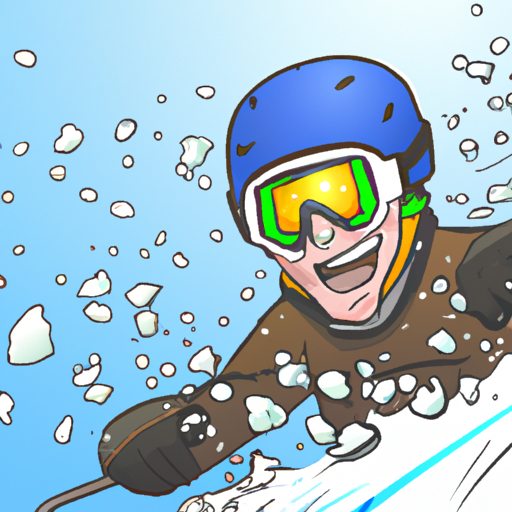Introduction
Skiing is an exhilarating winter sport that attracts millions of enthusiasts every year. While it offers an adrenaline rush and a chance to connect with nature, it’s important to prioritize safety on the slopes. One crucial aspect of skiing safety is protecting your eyes from potential hazards such as snow, wind, and harmful UV rays. In this article, we will explore the truth behind skiing without goggles and whether it’s a wise decision or not.
The Importance of Eye Protection
Goggles serve as a shield for your eyes, safeguarding them from various elements that can cause harm while skiing. Let’s delve into the reasons why eye protection is crucial:
1. Protection from Snow and Wind: When skiing, you are exposed to cold temperatures and fast winds. Goggles create a barrier that prevents snow, ice, and wind from directly hitting your eyes, reducing the risk of irritation, dryness, and potential damage.
2. UV Ray Shield: The sun’s UV rays are still present during winter, and they can be even more harmful due to the reflection off the snow. Goggles with UV protection help shield your eyes from these harmful rays, reducing the risk of snow blindness and long-term damage.
3. Enhanced Visibility: Goggles are designed to enhance your vision on the slopes. They provide better contrast, reduce glare, and improve depth perception, allowing you to navigate the terrain more effectively and avoid potential accidents.
Can You Ski Without Goggles?
Now, let’s address the question at hand: Can you ski without goggles? The answer is technically yes, as there are no strict rules or regulations that require skiers to wear goggles. However, it is highly recommended to wear them for the reasons mentioned above.
Skiing without goggles leaves your eyes vulnerable to a range of potential hazards. Without proper eye protection, you may experience discomfort, reduced visibility, and an increased risk of injury. It only takes one stray piece of ice or a gust of wind to cause significant damage to your eyes.
Alternatives to Goggles
If you find goggles uncomfortable or prefer an alternative, there are a few options to consider:
1. Sunglasses: While not as protective as goggles, sunglasses with UV protection can still shield your eyes from harmful rays. However, they may not provide the same level of coverage and protection against wind and snow.
2. Helmet Visors: Some ski helmets come with built-in visors that offer partial eye protection. While these can be a convenient option, they may not provide the same level of coverage as goggles.
3. Face Shields: Face shields, often used in snowboarding, can provide full-face protection, including the eyes. However, they may not be as suitable for skiing due to potential fogging and reduced breathability.
Conclusion
In conclusion, while it is technically possible to ski without goggles, it is highly recommended to wear them for optimal eye protection. Goggles provide a range of benefits, including shielding your eyes from snow, wind, and harmful UV rays. They also enhance visibility and reduce the risk of accidents on the slopes. If goggles are uncomfortable, alternatives such as sunglasses or helmet visors can be considered. However, it’s important to prioritize eye safety and choose the option that provides the best protection for your skiing adventures.




